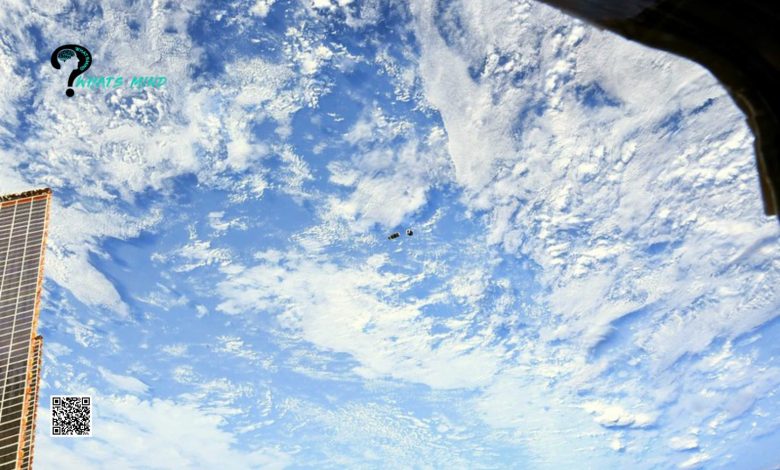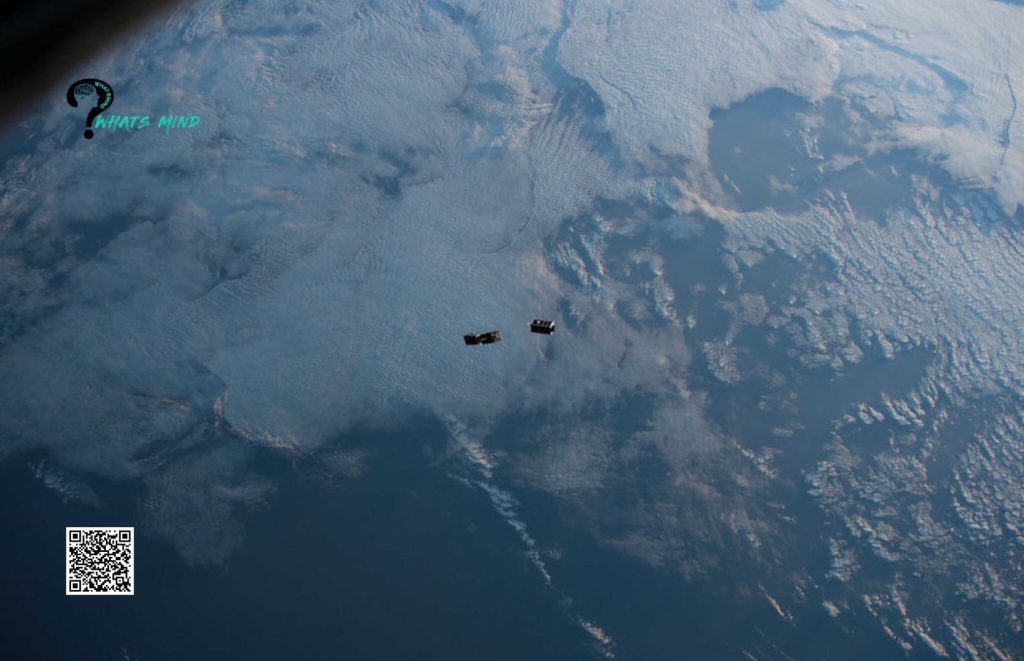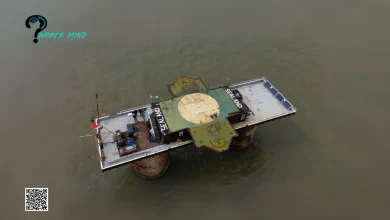Camera for Cubesat as an Economical Imaging System for Earth Observation

The small size and relatively simple design of CubeSats and CubeSat cameras facilitate the development process and reduce costs. The availability of components and the rise of committed launch providers have made satellite missions more accessible than ever before.
A CubeSat camera functions identically to other space optical systems. They can capture images that depict visible or infrared electromagnetic radiation by analysing the signal reflected by an object. Due to their tiny size and relatively low cost compared to alternative spacecraft, clusters of these objects are capable of orbiting the Earth to observe the surface, the environment, clouds, and ionosphere.
However, their extremely tiny size results in some restrictions on the payload, energy usage, and weight. So, let’s see if there is a reasonable price-quality combination when it comes to the camera for CubeSat for Earth observation.
Table of Contents
What are the benefits of the CubeSat Cameras?
Cost is a major factor for every business, whether in space niche or any other. Typically, the price of launching a traditional satellite can range from $10 million to $400 million; in contrast, CubeSats are far more affordable, typically costing about $150,000 (both building and launching), with the camera’s price starting from $60,000.
It goes without saying that factors like mission type, equipment size, and CubeSat camera for Earth observation price will all play a role. By launching a group of spacecraft, you may significantly cut costs.
Of course, the advantages go far beyond their low CubeSat camera cost. They may not be obvious, but they are definitely beneficial in the long run.
Wider availability
Initially, only businesses with the financial means to access space could purchase the best CubeSat cameras for Earth observation. The growing number of CubeSat satellites has greatly increased the frequency of their use. With their help, even modest businesses have gained access to space.
Also, to keep the launch price down, CubeSats frequently join bigger rocket missions as secondary payloads. As a result, more businesses can engage in space-based operations.
Cutting-Edge Technology
Sophisticated CubeSat cameras collect satellite data for development purposes. They are sensitive enough to pick up on even the most subtle changes in the atmosphere and more.
Additionally, these cameras need to be replaced often due to their short shelf life (3-5 years), which means constant technological advancement. As a result, this can potentially boost imaging system technology, small electronics, and propulsion systems—all of which might find use in fields other than CubeSats.
Production Speed
All space companies today aim to launch and complete their projects in record time. Traditional cameras are labour-intensive to build and refine. In contrast, CubeSat cameras may be created in a matter of months, often no more than eight. Missions may now be completed more quickly, opening the door to more frequent data gathering and experiments.
Project Autonomy
When it comes to traditional satellites, the majority of satellite development companies will be required to enter into contracts with third-party networks. That implies they can’t expect complete autonomy and can even give up some control over the project as a result. Now that smaller space enterprises may make their own satellites with CubeSat cameras, the space industry is expanding.

What can CubeSats be used for?
The economic role of these satellites can hardly be overestimated. The applications are countless, from agriculture and weather forecasts to natural disaster predictions and climate change monitoring. They can be divided into 4 major categories:
- Scientific. CubeSats can carry miniature scientific equipment that can be used for remote experimentation or data collecting.
- Technological. Space is the most extreme laboratory imaginable. CubeSats are a great way to verify if new materials or equipment are ready for use on a more demanding space mission.
- Educational. Through the use of these satellites, students may gain invaluable practical experience in all stages of space project development, including design, launch, and maintenance.
- Commercial. For example, business uses for CubeSats include telecommunications and Earth observation data capture for further sale.
The CubeSat industry provides a significant business opportunity to companies and researchers interested in participating in space-based activities. Every camera for CubeSat is beneficial for research institutes and companies interested in space exploration since it is an advanced optical payload system that is also reasonably priced.
Government and private space organisations, and even private individuals, have placed satellites in LEO for scientific objectives. Possibilities for Earth observation and remote sensing, communication, technological display, and scientific study have been made possible by CubeSats due to their small size, standardised design, and affordability.
It is anticipated that technical breakthroughs, increased collaboration, and new business prospects will all contribute to the success of the CubeSat industry.
More that you would like to read:
- Innocams: Categories, Features, Installation, Applications, Merits & Cost Consideration
- Victims of Universe: Has Anyone Disappeared in Space?
- Peephole Camera: A Modern Security Device.
For more info visit Whatsmind.com



